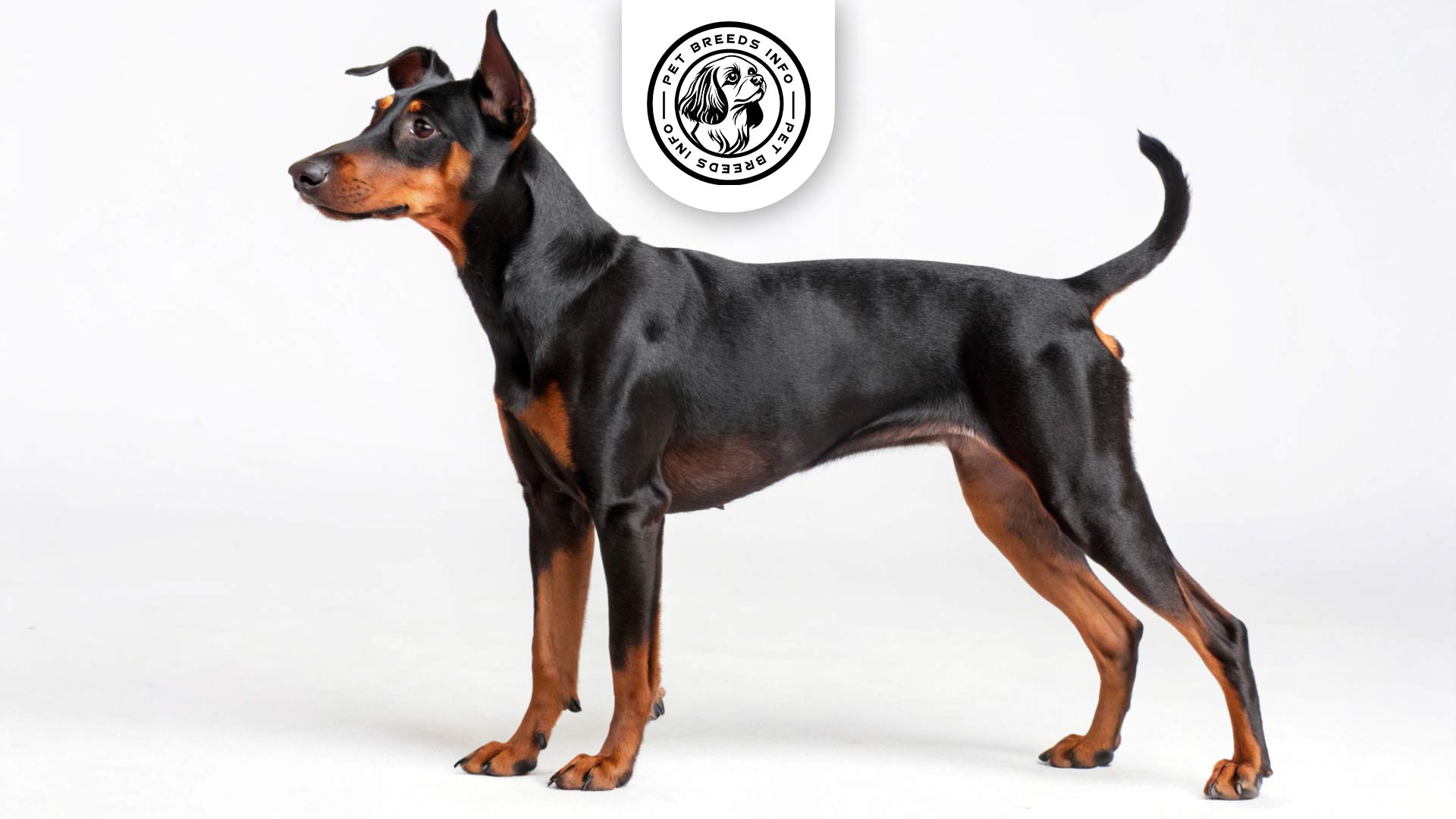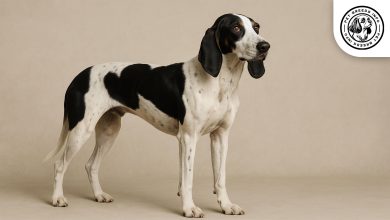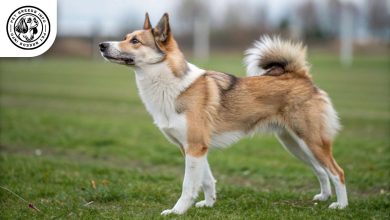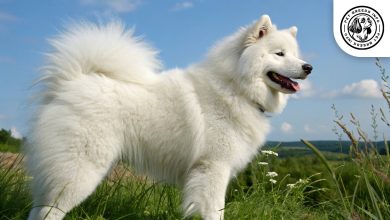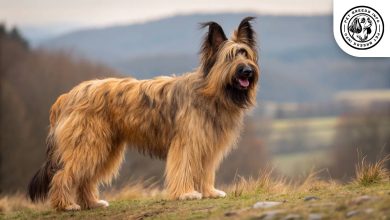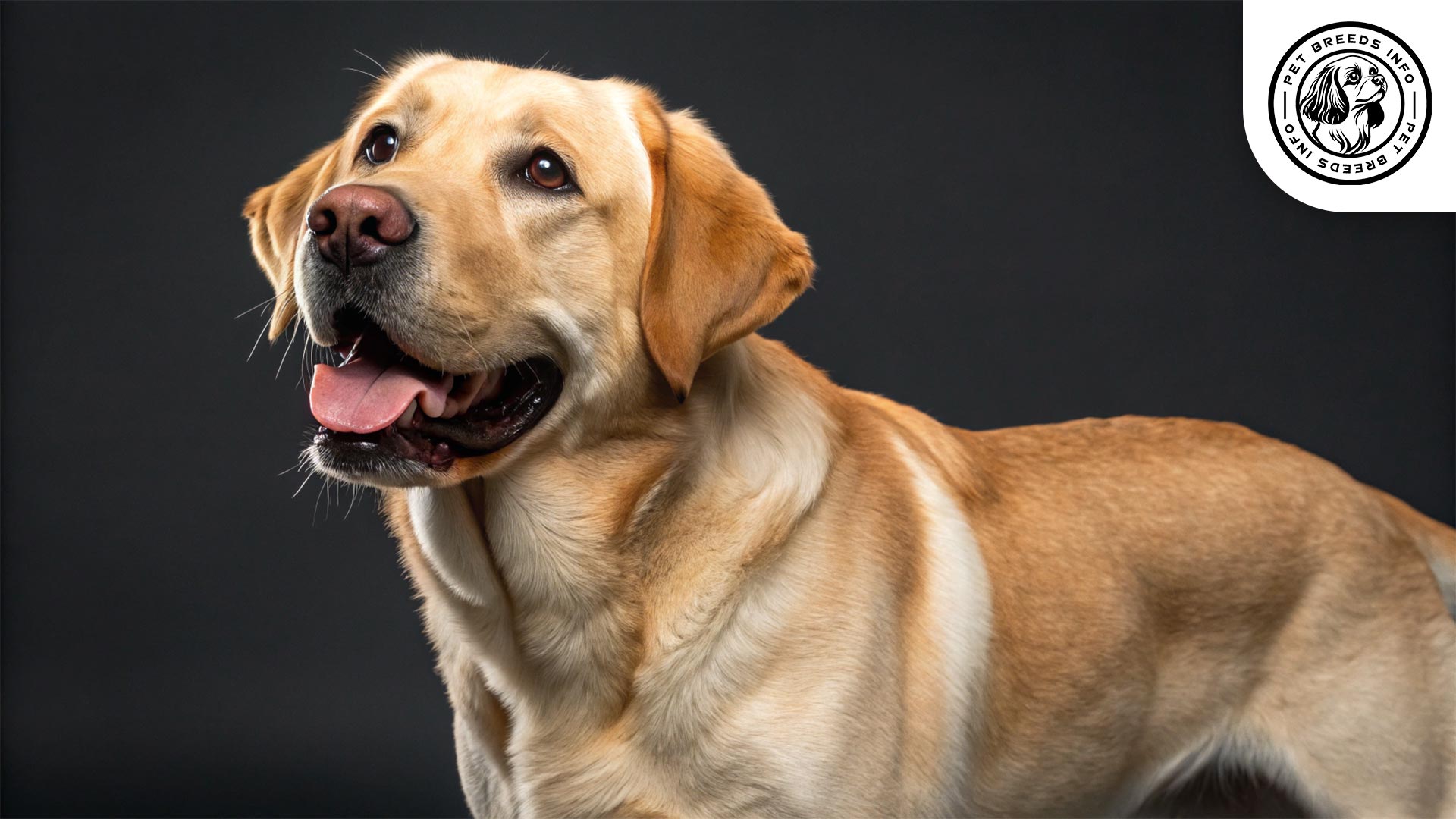German Pinscher Dog Breed: Size, Health, Price & Personality
General Introduction of the Breed
The German Pinscher, also known as “Deutscher Pinscher” in German, is a medium-sized, highly intelligent dog breed originating from Germany. This breed was developed in the late 19th century to control vermin and serve as a watchdog. It played a key role in the development of other breeds such as the Doberman Pinscher and Miniature Pinscher.
Table of Contents
| Color | Black and tan, red, fawn, blue |
| Weight | 25 to 45 pounds (11 to 20 kg) |
| Lifespan | 12 to 14 years |
| Diet | High-quality dry kibble, raw, or natural diets; 1.5 to 2.5 cups per day, divided into two meals |
| Care | Moderate to high exercise, weekly brushing, regular nail trimming, ear cleaning, and dental care |
| Health | Common issues include hip dysplasia, eye diseases, and heart issues; regular veterinary check-ups are necessary |
| Nature | Highly intelligent, eager to learn, high energy, affectionate with family, protective, playful, strong-willed, requires early socialization and consistent training |
| Price | $1,500 to $3,000 (puppy) |
Physical Characteristics
The German Pinscher stands between 17 to 20 inches (43 to 50 cm) in height and weighs between 25 to 45 pounds (11 to 20 kg). It has a short, smooth coat that comes in various colors, including black and tan, red, fawn, and blue. The breed has dark, oval-shaped eyes, giving it an alert expression. The ears can be naturally floppy or cropped to stand erect, while the tail is traditionally docked but may be left natural. It has a muscular build with a sleek, athletic appearance.
Read More: Finnish Lapphund Dog
Personality and Temperament
The German Pinscher is highly intelligent and eager to learn. It has a high energy level and requires regular exercise. It forms strong bonds with its owners and can be affectionate. It is naturally protective and makes an excellent watchdog. The breed is social with proper training but may show dominance towards other pets if not introduced properly. It has a playful nature but also a high prey drive, making it necessary to supervise interactions with small animals. The breed is sensitive to changes in routine and environment.
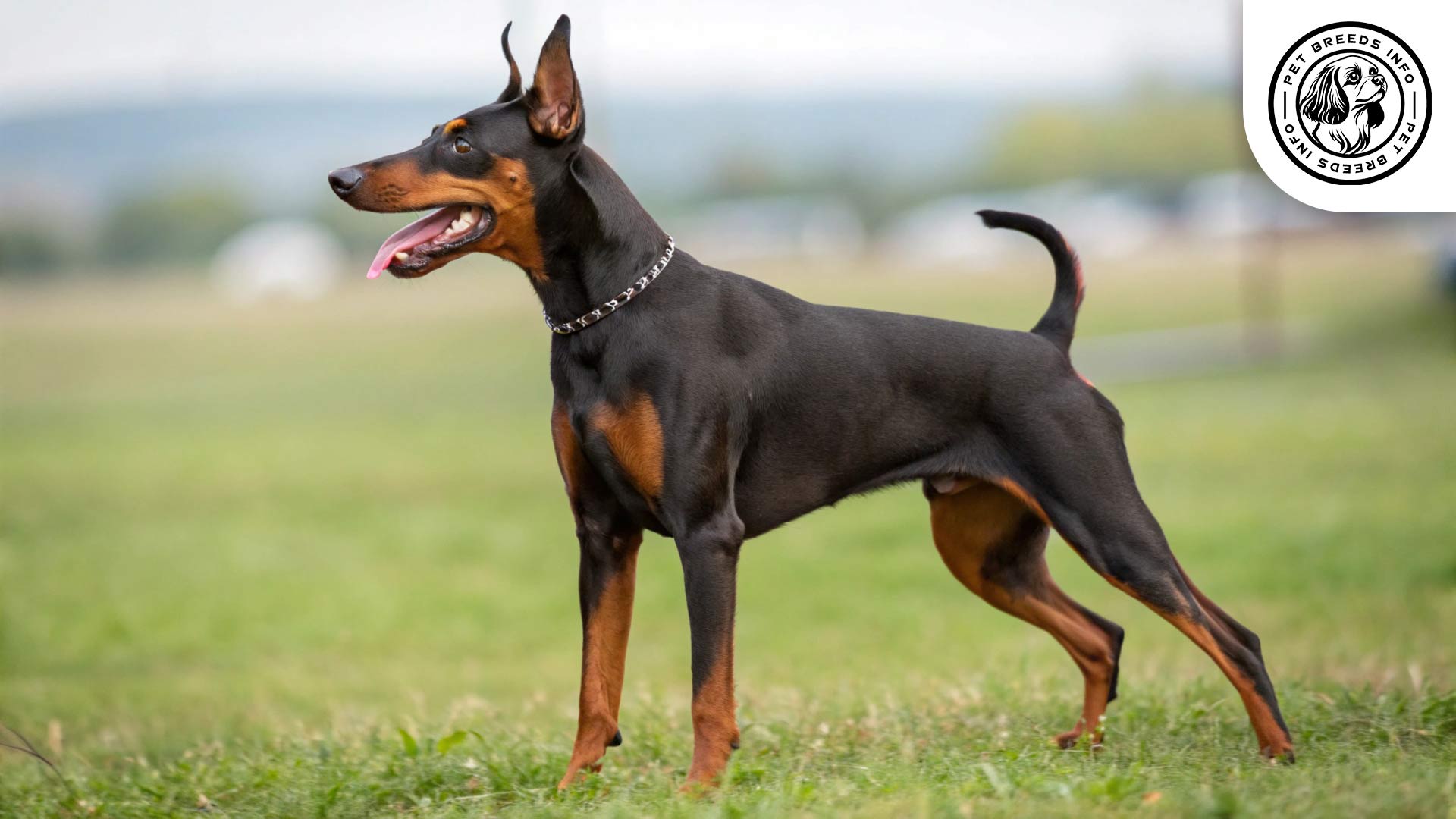
Care and Maintenance Requirements
This breed requires moderate to high exercise, including daily walks, playtime, and mental stimulation. It can adapt to apartment living if given enough exercise but thrives in homes with space to run. The coat is low-maintenance, requiring only weekly brushing. Shedding is minimal. The German Pinscher is sensitive to extreme temperatures and should be protected from excessive heat and cold. Regular hygiene routines such as nail trimming, ear cleaning, and dental care are essential.
Diet and Nutrition
The German Pinscher does well on high-quality dry kibble, raw, or natural diets based on its energy levels. It requires a protein-rich diet. Avoid feeding chocolate, onions, garlic, and foods that are toxic to dogs. Portion sizes depend on the dog’s activity level but generally range between 1.5 to 2.5 cups of food per day, divided into two meals.
Read More: Chow Chow Dog
Health and Common Medical Issues
Common health conditions in German Pinschers include hip dysplasia, eye diseases, and heart issues. The breed is generally healthy with a lifespan of 12 to 14 years. Regular veterinary check-ups are necessary for vaccinations, parasite control, and early disease detection.
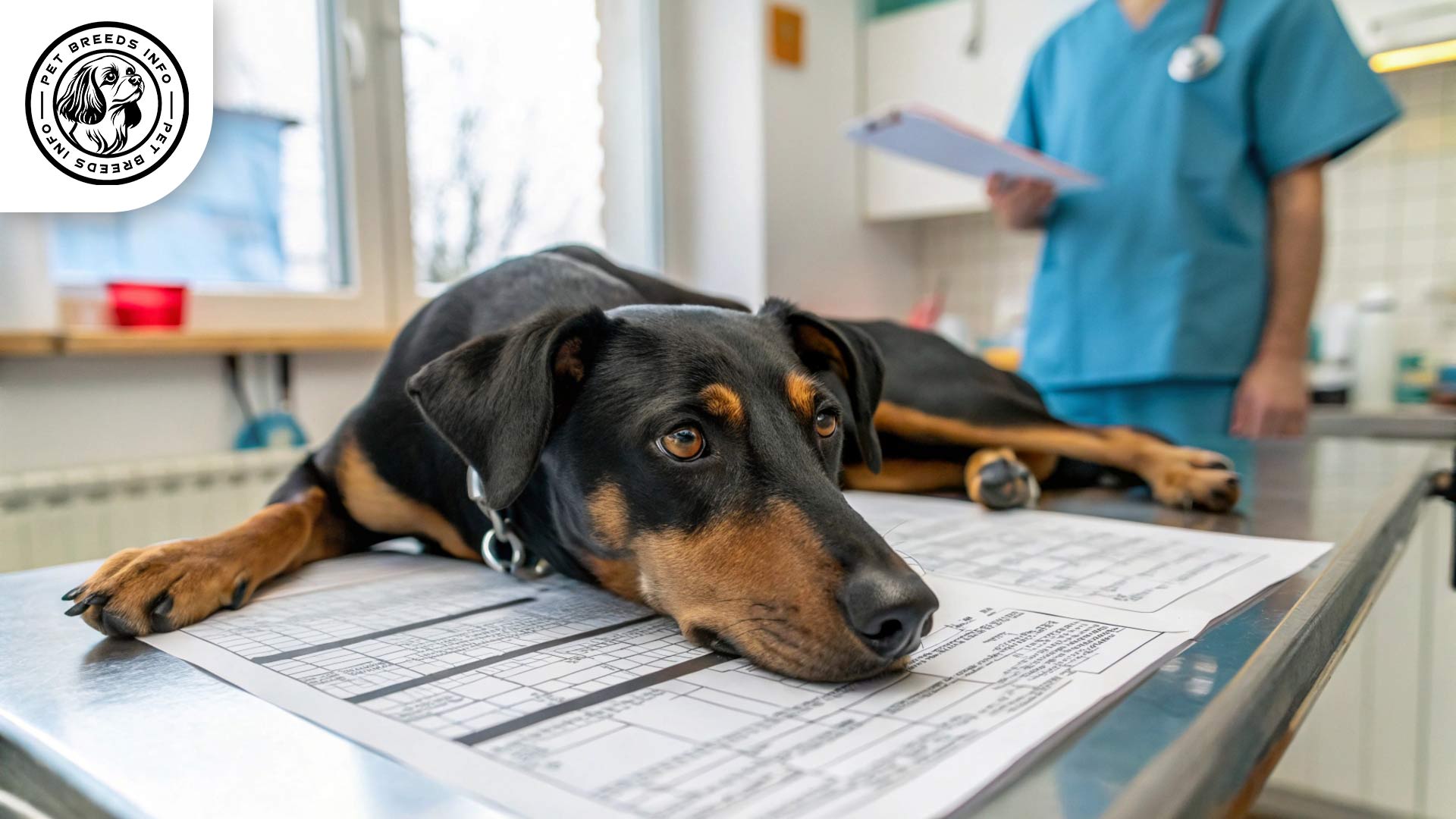
Training and Behavior Management
This breed is intelligent but strong-willed and requires firm, consistent training. Positive reinforcement methods work best. Early socialization is key to preventing aggressive or overly dominant behavior. The breed responds well to obedience training but may require advanced training or agility exercises to channel its energy positively. Consistency and patience are vital.
Interaction with Other Animals and Humans
The German Pinscher is affectionate towards family members but may be reserved with strangers. It generally gets along well with children if raised with them but should be supervised due to its spirited nature. Proper early introductions are necessary for cohabiting with other pets. The breed suits both individuals and active families but may not be ideal for first-time dog owners due to its high energy and strong personality.
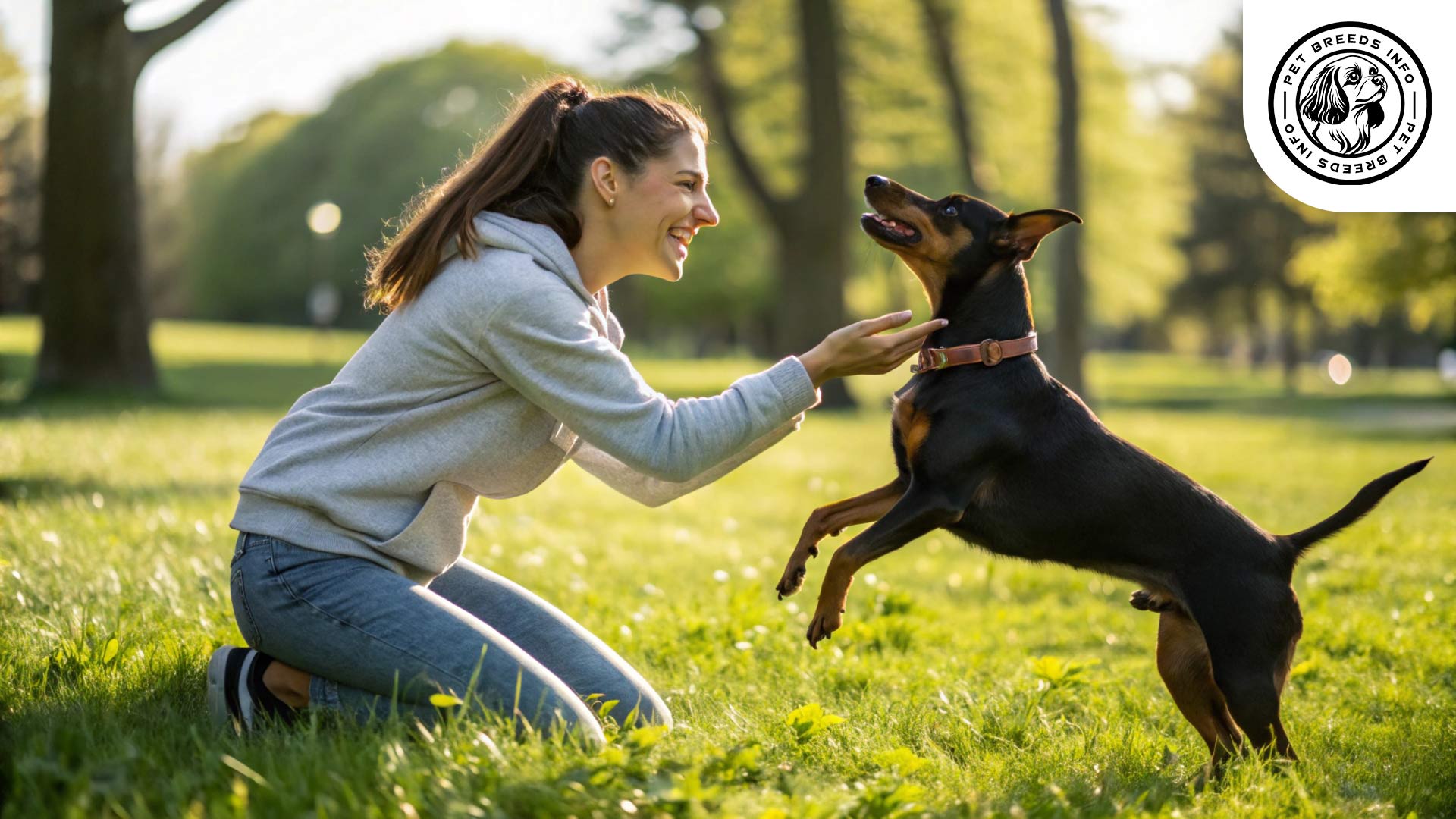
Price and Availability
The cost of a German Pinscher puppy ranges from $1,500 to $3,000, depending on the breeder’s reputation and lineage. Adoption is a great alternative, and breed-specific rescues may have available dogs. Prospective owners should always buy from reputable breeders who conduct health screenings to ensure the puppies are free from genetic issues.
Read More: Field Spaniel Dog
Conclusion and Final Thoughts
The German Pinscher is a versatile, intelligent, and energetic breed that makes a great companion for active individuals or families. It requires consistent training, early socialization, and regular exercise. While not ideal for first-time owners, those with experience in handling strong-willed dogs will find it a loyal and affectionate pet. Potential owners should consider the breed’s exercise needs, training commitment, and protective nature before making a decision.
FAQ
What is the typical temperament of a German Pinscher?
German Pinschers are highly intelligent, energetic, and loyal dogs. They are known for their protective nature and make excellent watchdogs. They form strong bonds with their families but can be reserved with strangers. They require consistent training and early socialization.
What are the common health issues in German Pinschers?
Common health conditions in German Pinschers include hip dysplasia, eye diseases, and heart issues. Regular veterinary check-ups are essential for early detection and prevention.
How much exercise does a German Pinscher need?
German Pinschers require moderate to high exercise, including daily walks, playtime, and mental stimulation. They thrive in homes with space to run, but can adapt to apartment living if given enough exercise.
What kind of diet is best for a German Pinscher?
German Pinschers do well on high-quality dry kibble, raw, or natural diets based on their energy levels. They require a protein-rich diet, and portion sizes should be adjusted based on their activity level, typically ranging from 1.5 to 2.5 cups of food per day, divided into two meals.
Are German Pinschers good with children and other pets?
German Pinschers can get along well with children if raised with them, but supervision is recommended due to their spirited nature. Proper early introductions are necessary for cohabiting with other pets, as they may show dominance if not socialized properly.
